
Once coming to France, you will notice a lot of café and « patisseries » in almost every corner of the city. France has also created a lot of very well-known pastry houses like La Durée, Pierre Hermé or Angelina café that offer you a lot of different kinds of desserts with the very tempting look that you will not be able to resist. This may seem to be exaggerating but clearly, we would love to say that almost all of French pastries usually taste good, especially when coupling with tea or hot drinks during the relaxing discussion session with friends or family. Let’s skip this introduction part and jump straight to the list of 7 French pastries you should not miss.
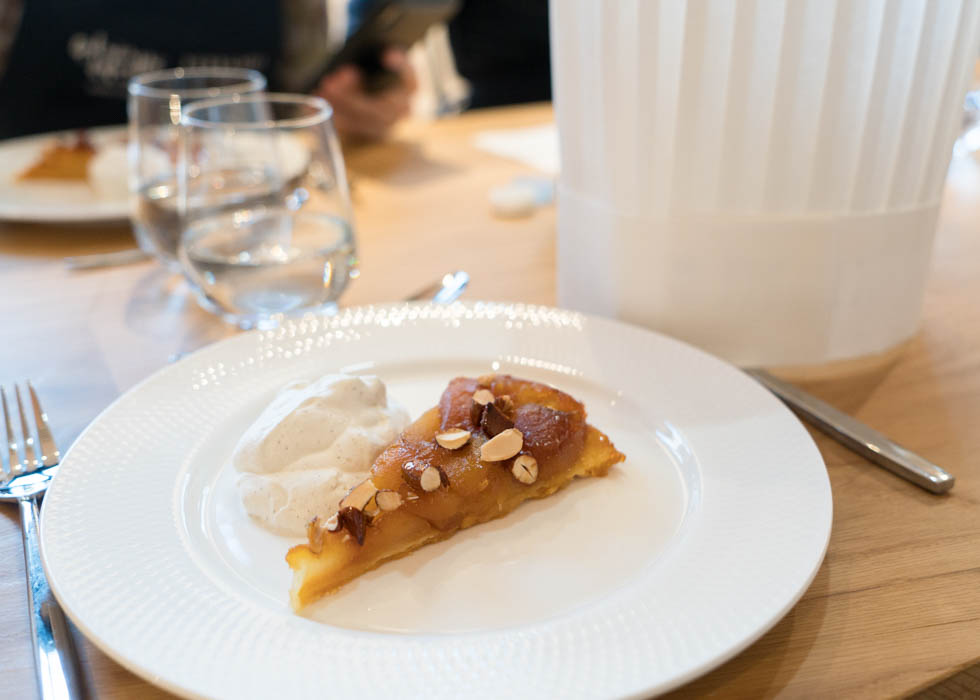
Tarte Tatin is an open tart with caramelized apple. It is originally from Sologne in France, 200km from Paris, and it was baked at first in the late 19th century by two sisters, Stéphanie and Caroline Tatin for customers in their hôtel, Hôtel Tatin. As the tart is made of only five ingredients, it is very popular in France. The dough which is the base of the tart is normally not sweet but slight salty from butter as the sweet and sour taste would be coming from the caramelized apple. The apple tart can be eaten hot or cold. Some may serve this tart with whipped cream or almonds to make it more fancy and delicious. If you are interested in baking it, we recommend Galeries Lafayette's French cuisine workshop. Click here to get more information.
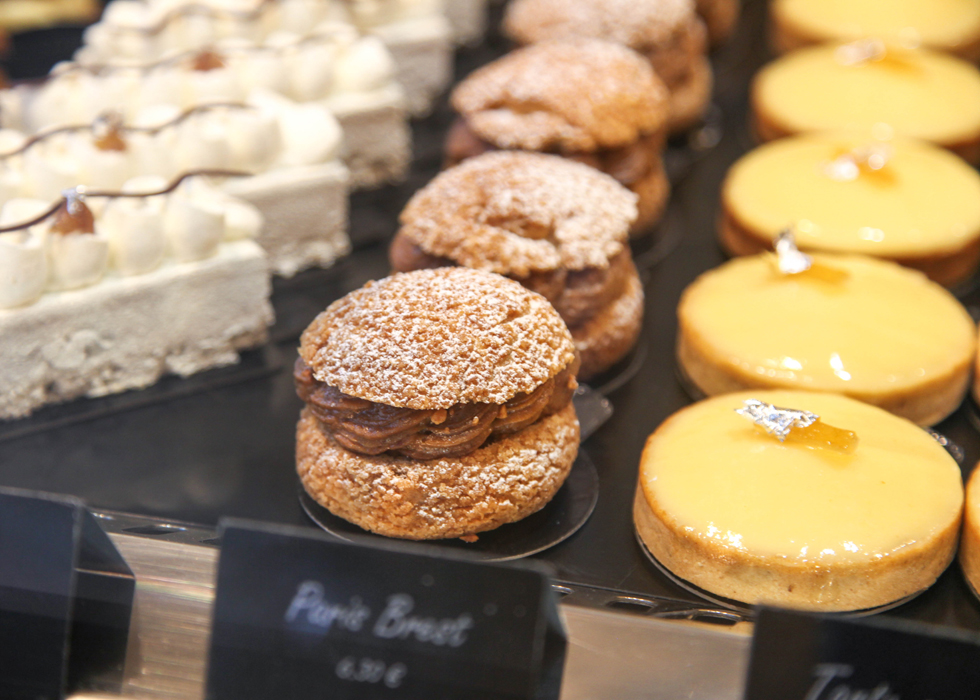
Paris-Brest is a pastry originally in the shape of a wheel. It was created in 1910 for the occasion of Paris–Brest (in Brittany)–Paris bicycle race. Hence, the shape of this pastry can be referred to as the bicycle wheel. Actually, this pastry looks like a sandwich in a round shape. The texture of the top and the bottom are baked to be like choux puff and filled in the middle with sweet flavored cream. On top of the puff, icing sugar is to be added to give a bit of sweetness and an attractive appearance.
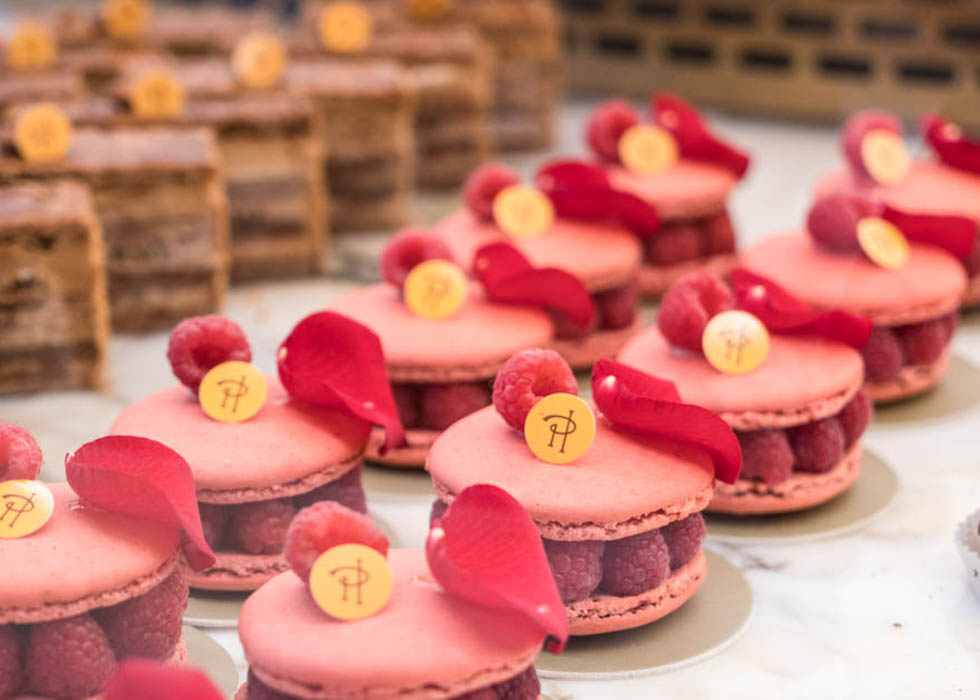
This is a famous round sweet soft sandwich with a colorful appearance. The original recipe contained only egg white, icing sugar, granulated sugar, almond powder, and now in modern-day some food coloring to make it look tastier has been added. During the Renaissance period, the queen Catherine de' Medici brought the recipe from Italy when marrying Henry II of France. Firstly, the macaron was served mainly as one plain round fluffy cookies without any special flavor in a convent. Then, in the 1930s, the buttercream is added until nowadays and becomes fancier and fancier like the taste of matcha, caramel, strawberry cheesecake and etc.. French macarons houses like Ladurée and Pierre Hermé are the two representatives of French macarons but you can also find the colorful macarons in different fancy flavors in almost all of the French pastry shops in France.
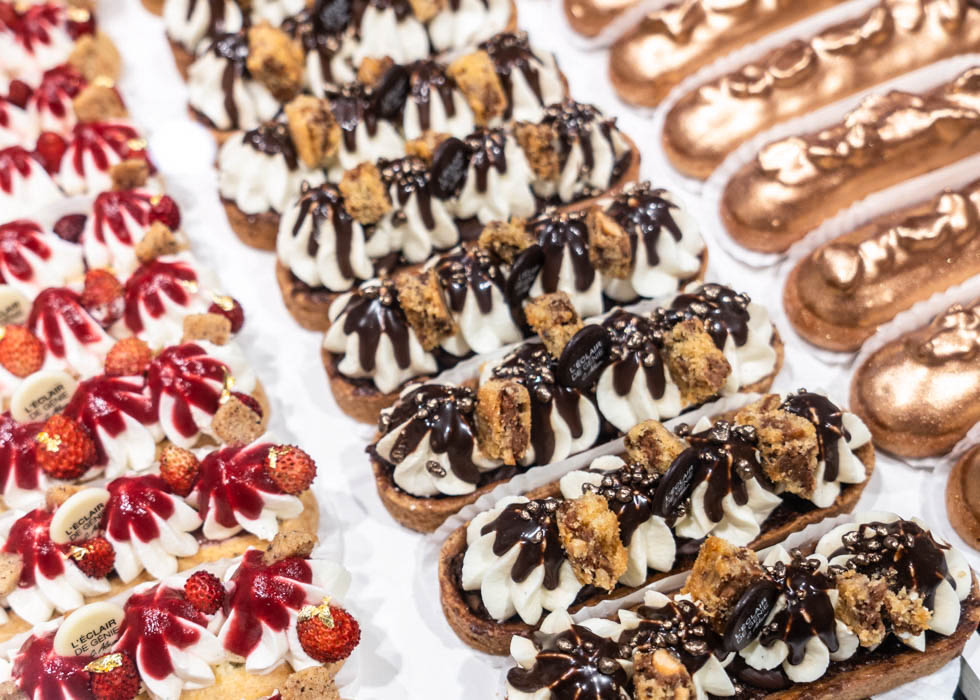
The « éclair » was first originated by Marie Antonin Carême at the beginning of the 19th century. Éclair is made of the choux dough coated with chocolate or any flavored cream on top and possibly decorated with some fruits, almonds, nuts, icing sugar or etc. The exact meaning of « éclair » in French is lightning and the name is derived from the glow of the chocolate or cream that coat on the top of this choux pastry. Also, some sources mention that they might name as « éclair » because of the taste that makes people finish it very quickly just light the appearance of the lightning.
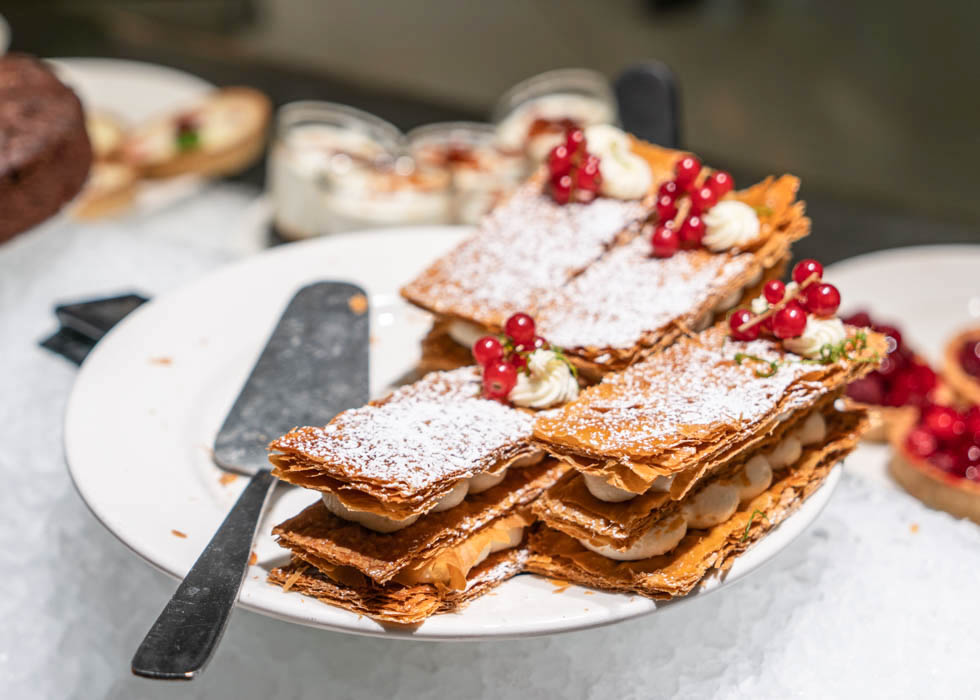
Literally, « mille feuilles » means a thousand leaves. Some said that it used to be called “Napolean” as the origin of this pastry may be from Naple, a city in Italy. There is no exact proof for this but it could be possible! Mille Feuilles is the pastry with 3 main layers of crunchy puff pastry. Each layer is separated by the cream which could be any flavor. Normally, almost all tea rooms in Paris provide this dessert that you can couple up with your favorite cup of tea or coffee. The melting cream will make your mouth full of joy and the sweetness will complete your teatime perfectly.
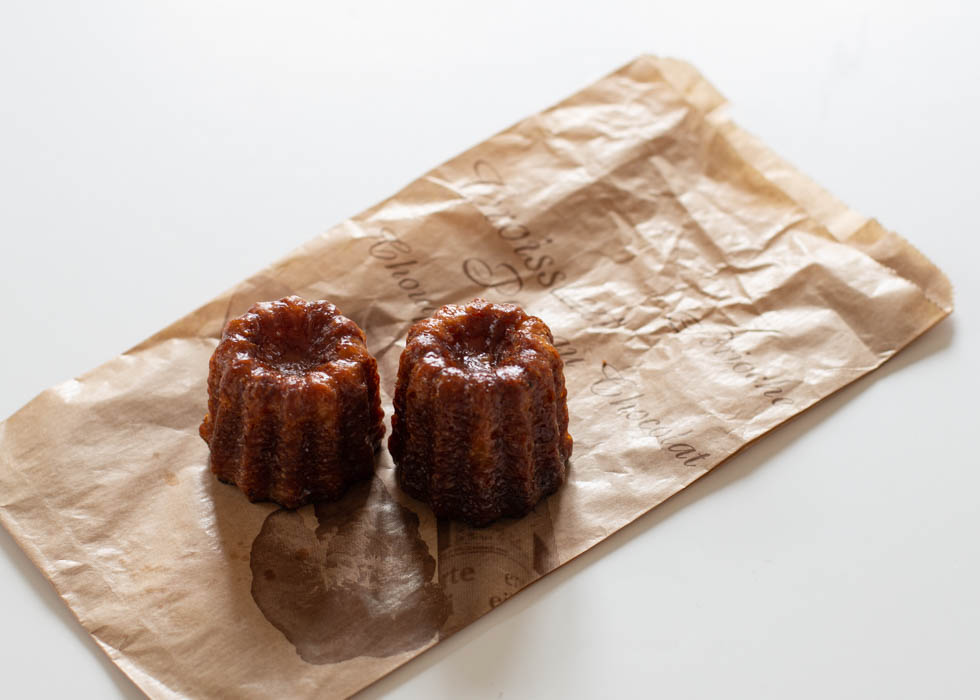
« Canelé » is a dessert from the Bordeaux, southwestern France. Originally, the canalé was created in the Couvent des Annonciades. The main ingredient that we can feel just by the first bite is the smell of vanilla and rum. There is a story behind this as in the past, Bordeaux is the port of rum so this could explain the use of rum in this sticky delicious Bordelais dessert. Canalé is presented in the shape of a striated cylinder with different sizes but normally up to five centimeters height. The smell of rum and vanilla leads the sweet taste of sticky baked custard.
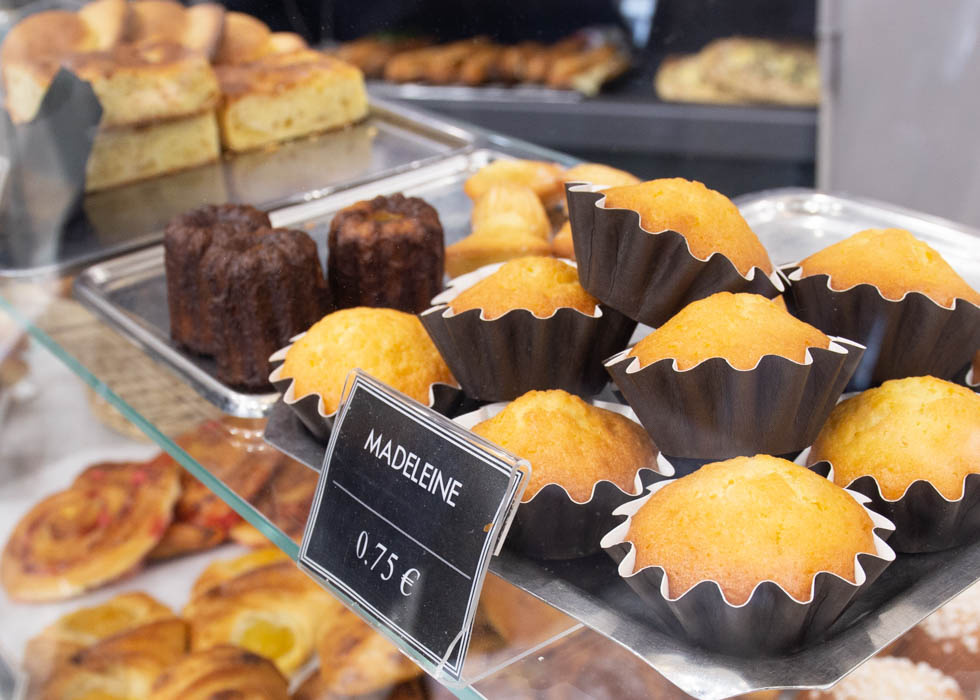
This is a small French fluffy cake usually in the shape of a shell. This small cake is originally from the Lorraine region of France. There are many different stories about the origin of this fluffy cake. The famous one would be the story about a girl named Madeleine Paulmier working for Stanisław Leszczyński, the Duke of Lorraine during the 18th century. The only recipe that this girl knew was a cake recipe from her grandmother so this recipe became the recipe of Madeleine. The taste of madeleine is sweet and with the softly fluffy texture, this cake always goes well at any time of the day.
There is also a French expression «Madeleine de Proust » that explains the feeling of nostalgia that is provoked by the sense of smell, color or place. It is actually related to the book « A la Recherche du Temps Perdu » of Marcel Proust in the part that he talked about the taste of Madeleine that brought back the memory of a character in the book.
France can be called a country of gastronomy according to its reputation of food and its delicacy. The French pastries will never let you down. After having read this list of French pastries, you might be thinking about having a try some pastries in the list so we would like to invite you to have a look in any French patisseries around you or let's get a tea room and have some rest with friends. Alright, don’t waste your time. Let’s go out and try these bites of sweetness and joy.
Words by Supawadee Pinkhao
Photographs by O'bon Paris team